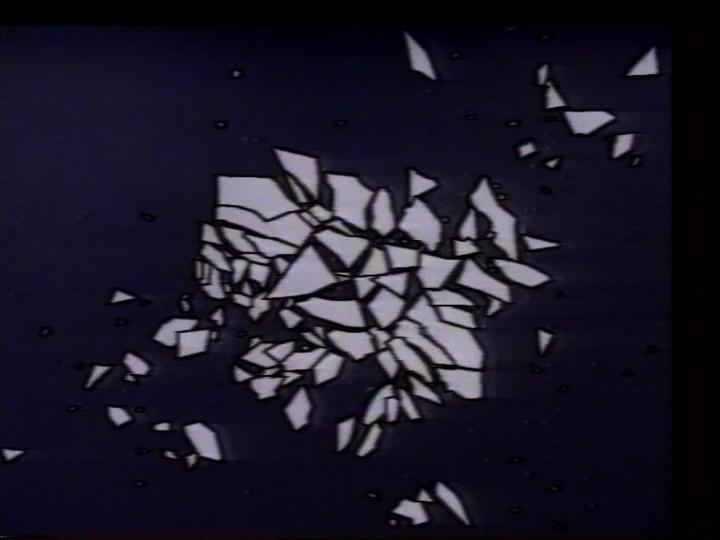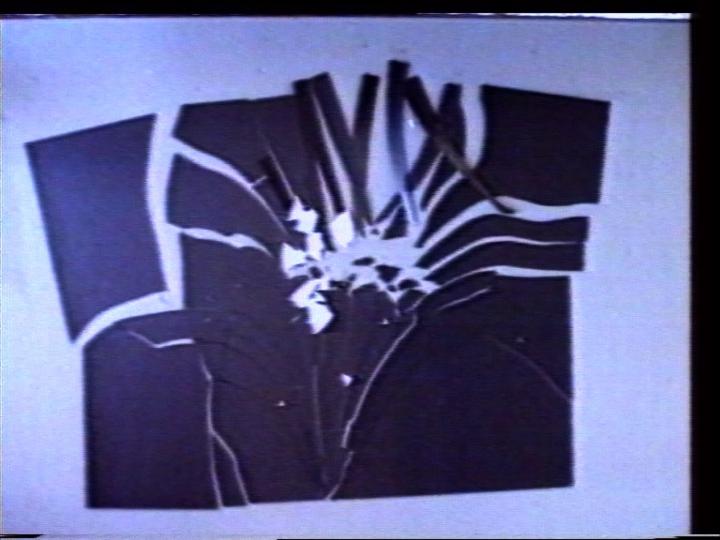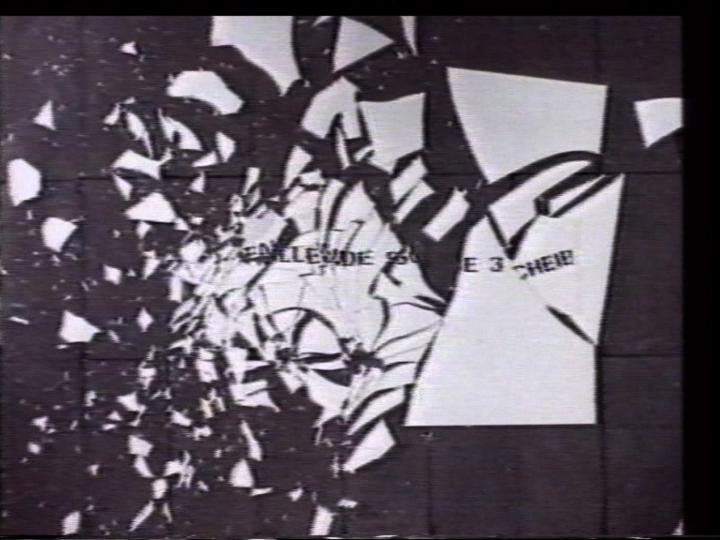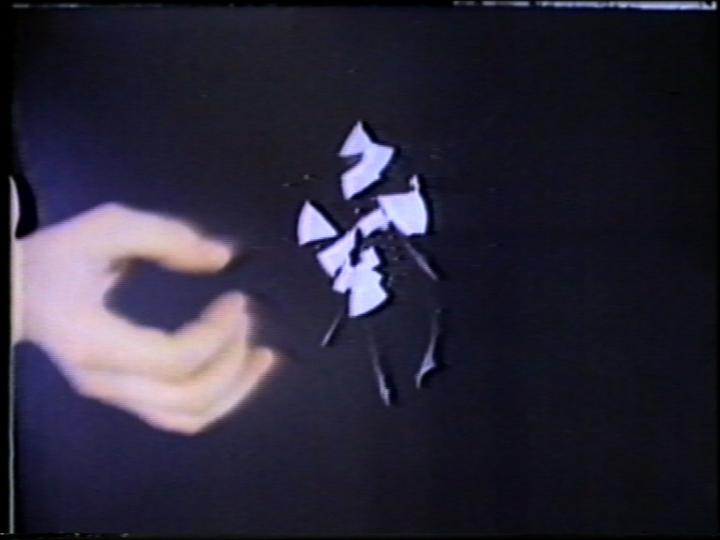Dieter Kiessling
Pendelnder Fernseher
1983
![Dieter Kiessling, »Pendelnder Fernseher« [Pendelum TV], 1983, closed circuit video installation ; monitor, self-adhesive round label, video camera, tripod, steel cables, Installation dimensions variable, ZKM | Center for Art and Media Karlsruhe. / © VG Bild-Kunst, Bonn 2014; photo © VG Bild-Kunst, Bonn, photo: Dieter Kiessling Werk - Pendelnder Fernseher](https://zkm.de/sites/default/files/styles/r17_720_dynamic/public/bild/MNK_00197_00189_kiesslinger_pendelnder-fernseher.jpg?itok=-cT7MLyv)
- Artist / Artist group
- Dieter Kiessling
- Title
- Pendelnder Fernseher
- Year
- 1983
- Category
- installation, video, Video installation
- Material / Technique
- closed circuit video installation ; monitor, self-adhesive round label, video camera, tripod, steel cables
- Dimensions / Duration
- Installation dimensions variable
- Collection
- ZKM | Center for Art and Media Karlsruhe
- Description
A television hangs from the ceiling on thin steel cables and swings back and forth. A large black dot is stuck on the center of the screen. A camera is mounted on a tripod in front of the TV. The image captured by the camera is transmitted in real time to the swinging monitor.
When the TV is set in motion, two dots suddenly become visible: the real dot and its image. As long as the TV is stationary, the camera image of the black dot lies exactly under the real dot. However, as soon as the TV set swings in space, the two dots no longer coincide exactly when superimposed, because the image of the dot does not follow the movement of the real dot. The visual effect is created by the camera being upside down and the image of the monitor on the real monitor always moving in the opposite direction to the pendulum movement, thus balancing it out.
»Pendelnder Fernseher« [Pendulum TV] was already shown in 1989 in the major exhibition »Video Sculpture: Retrospective and Current« at the Kölnischer Kunstverein. The work is exemplary for Dieter Kiessling’s experiments with the possibilities of the so-called 'closed circuit'. This effect was often used in the early years of video art. Closed circuit refers to a particular arrangement of camera and monitor: The camera is pointed at the screen, which shows what the camera is seeing. In this way, a feedback loop is created. Kiessling’s aim is always to make the technical conditions of media visible in as reduced and transparent a form as possible, as he does here with the example of the television. [1]
[1] Heinrich Klotz, »Kunst der Gegenwart« (Prestel: Munich, 1997), p. 151.
![Dieter Kiessling, »Pendelnder Fernseher« [Pendelum TV], 1983, closed circuit video installation ; monitor, self-adhesive round label, video camera, tripod, steel cables, Installation dimensions variable, ZKM | Center for Art and Media Karlsruhe. / © VG Bild-Kunst, Bonn 2014; photo © VG Bild-Kunst, Bonn, photo: Dieter Kiessling Werk - Pendelnder Fernseher](https://zkm.de/sites/default/files/styles/r17_1280/public/bild/MNK_00197_00189_kiesslinger_pendelnder-fernseher.jpg?itok=bWRMpWCD)



